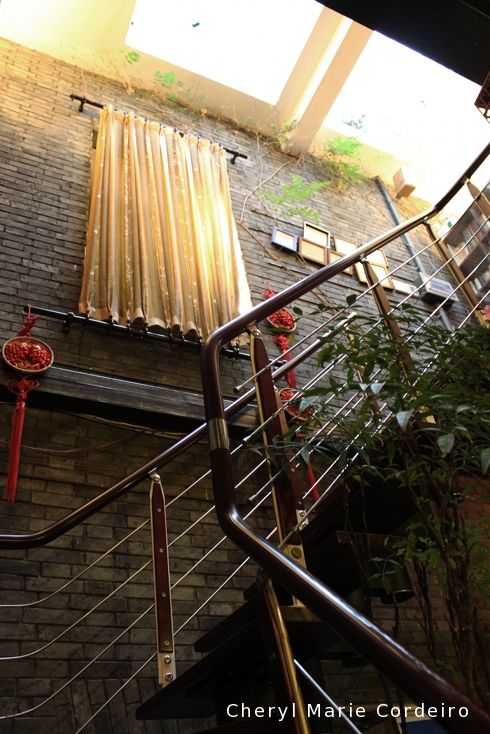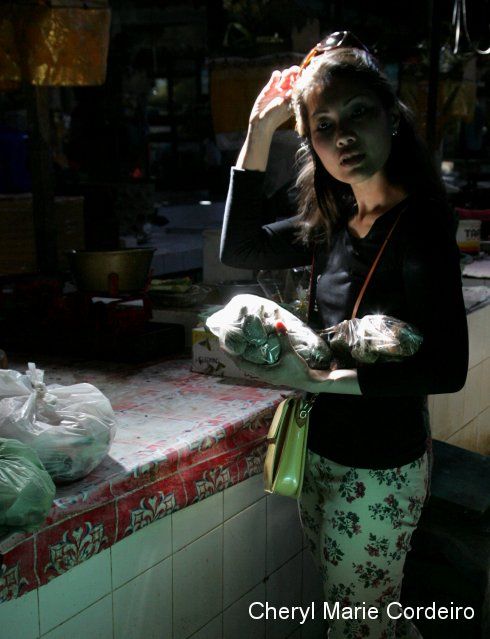The Swedish East Indiaman Gotheborg III Ship.
The city of Gothenburg has been home of the Swedish East India Company since the 1700s till today.
Photo: Ulrik Hasemann for SOIC.
Text © JE Nilsson, CM Cordeiro 2014
Abstracts from a presentation for Carthage College, Kenosha Wisconsin, USA. 20 Jan. 2014.
Centre for International Business Studies (CIBS)
School of Business, Economics and Law
University of Gothenburg, Sweden.
1. Introduction
This presentation is entitled “Swedish management and Gothenburg: a Nordic journey of discovery”, where I will share some insights into Sweden and Swedish management characteristics. Here, you will need to take the word ”Nordic” as a broadly defined term because even within the Nordic countries grouping, Sweden pretty much has a niche of its own.

World Values Survey, Inglehart-Welzel map.
Ref: Ronald Inglehart and Christian Welzel, Modernization, Cultural Change and Democracy New York: Cambridge University Press, 2005: page 63.
2. Sweden – the most secular country on the globe
Sweden for example, ranks as the world’s most secular country with a Gallup poll of 88% indicating they are non-religious. At the same time, it is also a country that seems to allow greatest self-expression and individual autonomy.
The reason for the country’s high secularism could be explained by its history. Continue reading ”Swedish management and Gothenburg: a Nordic journey of discovery”
















